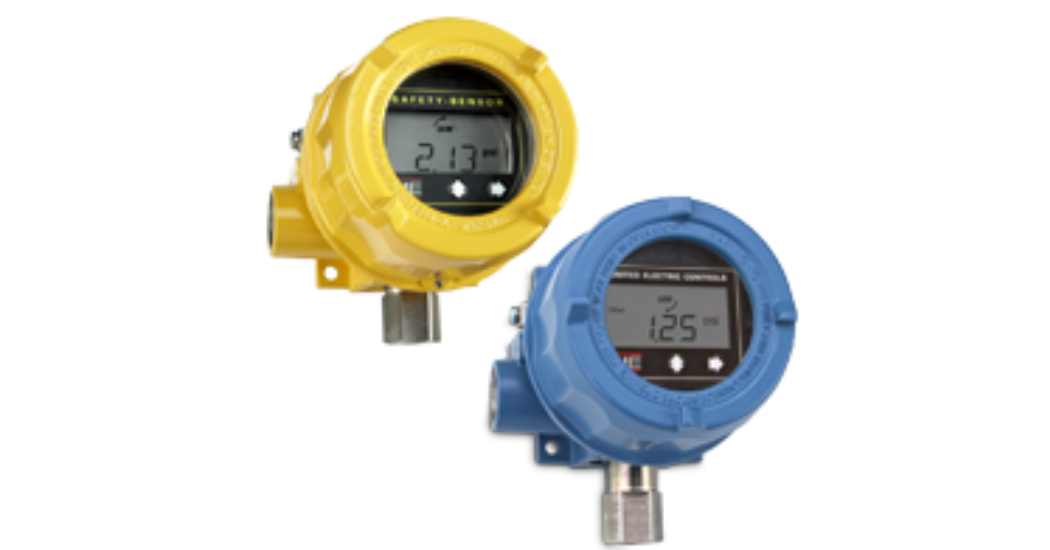Switch technology has evolved significantly over the past 80 years, making many of the once-common beliefs about switches outdated. Here are 7 of the most widespread – and false – myths surrounding them.
1. No Data Output
Previous generations of switches lacked the ability to display local process measurements, requiring users to install additional gauges, which increased both costs and the risk of leaks. Operators were also required to remove switches from service and test them manually because welded contacts in the microswitch made it difficult to tell when installed switches were functioning. This often led to safety concerns while the switch was out of service and waiting to be tested.
Today’s switches, however, have more advanced capabilities. Maintenance workers can easily verify process and switch status with liquid crystal displays (LCD) that present local process variable measurements and device diagnostics. This convenience can increase uptime, overall plant safety, and maintenance efficiency.
2. Difficult to adjust and calibrate
To adjust set points and deadbands, operators were once required to remove switches from service and have them calibrated on a bench in the maintenance shop. The calibration process called for much delicacy, precision, and time. Instruments could also fail prematurely if mishandled by technicians.
Users can now quickly and safely calibrate their devices in a matter of seconds without removing them from service, thanks to modern switches’ electronic platforms. Setpoints and deadbands are no longer fixed and can be adjusted up to 100% of the range, offering application flexibility.
3. Unsafe in Critical Application/Not Appropriate for SIS
In an effort to stay competitive in a global market, industrial process plants are pushing pressure and temperature limits to new boundaries. Users and designers need a switch that matches their required system performance level while being tolerant of the faults that can occur under these conditions.
New transmitter-switches and recently SIL 2 and 3 exida-certified devices, such as the One Series electronic switch family, offer operators a simple and safe product that matches the demanding performance requirements of safety instrumented systems (SIS). These hybrid switches integrate the functionality of a switch and a transmitter. The switch portion of the device provides a direct digital output (relay output) to a final element that will instantly bring a process to a safe state in the event of a critical situation, while the analog transmitter signal can be used for trending to determine the health of the device and the process.
4. Unsuitable for High Vibration Environments
Because they are designed using principles of mechanical motion, mechanical switches can underperform when forced to operate in tough environments that involve shock, heat, pressure, and most significantly, vibration where mechanical stresses abound
However, components like belleville springs can be added to mechanical switches to make it vibration resistant. Electronic switches, on the other hand, are more reliable and result in fewer false trips. This is because they have no moving parts and can be mounted directly to the equipment or process without connecting impulse lines.
5. Deploy Electromechanical Designs When Line Power Is Unavailable
The first generation of electric switches were limited in that they required line power and wiring. Where line power was unavailable, users opted for mechanical designs.
But modern electronic switches do not need costly, additional wiring or hardware; they can operate using very low current present in the circuit when connected to a host device like a Programmable Logic Controller (PLC). Modern electronic switches would therefore make suitable drop-in replacements for mechanical switches while conveniently offering a digital gauge, switch, and transmitter all in one.
6. Antiquated Technology
Since today’s process plants run faster and hotter than initially intended, they have to undergo modernization projects to continue keeping up with new demands. Users often choose transmitters over switches in these new projects because control system input/outputs (I/O) are being restructured to support more analog signals than the digital signals used in the past. However, transmitters are expensive and do not provide the internal control functionality found in switches. Upgrading all switches to transmitters could cost a typical plant with 1000 switches at least $1.5 million, with each transmitter costing $1500 more than a process switch, on average.
Luckily, new electronic switches can save time and money while still upgrading the 2nd most likely component (i.e. sensor) to fail in a traditional safety system. These devices provide both digital and analog signals that can be extracted for remote data trending and local shutdown. Such technology is unprecedented in the industry.
7. The Speed of Response of Transmitters is Faster Than Switches
Transmitters require huge amounts of conversions, computations, compensation, and other work to get an accurate signal. The fastest process transmitters on the market, which are designed specifically for speed rather than accuracy, can take about 100 milliseconds to react.
Electromechanical switches are much faster, coming in at a mere 5 milliseconds. New solid state transmitter-switches have an equivalent reaction time as transmitters of 100 milliseconds, but also offer local shutdown capability without the need for additional logic solver components to complete the control loop.
In the over 90 years since its founding, United Electric Controls has recognized the challenges faced by users and developed new products to match your growing needs. UE’s new electronic switches provide affordable drop-in replacement of old mechanical switches while reducing modernization project costs and increasing uptime, flexibility, and reliability.




